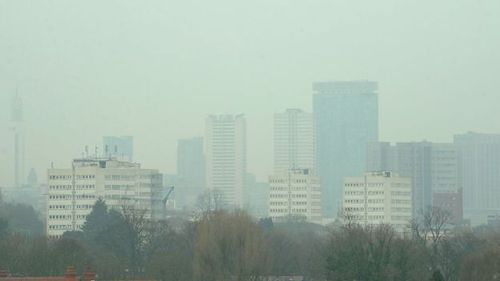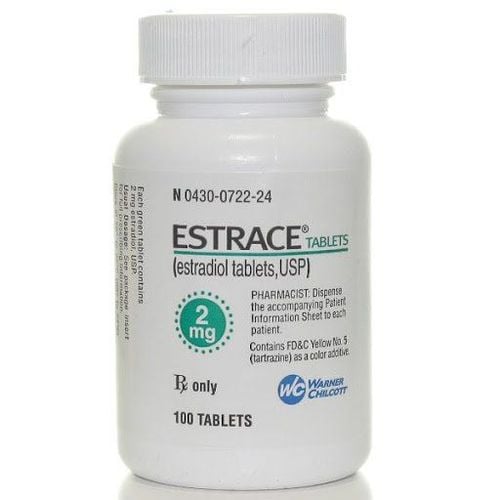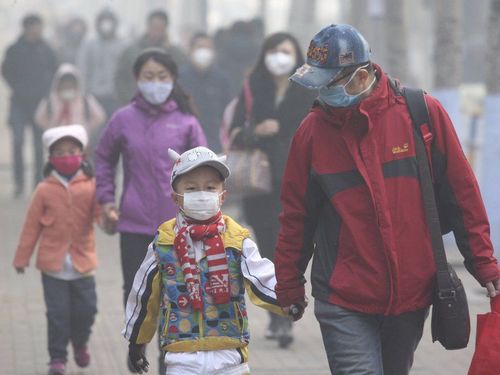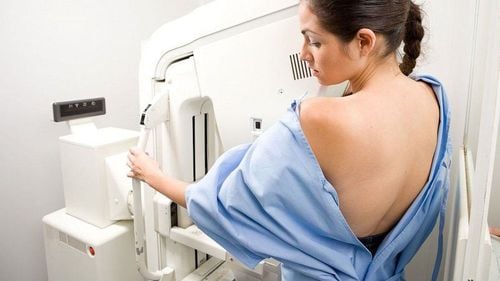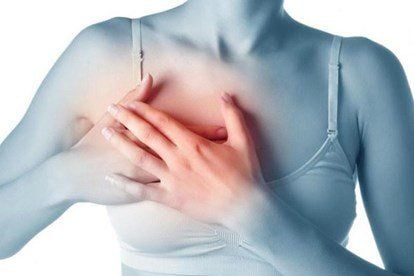This is an automatically translated article.
The article was written by doctors of Internal Oncology - Radiation Oncology Center, Vinmec Times City International Hospital.We know that urban air is polluted by gases and some solid particles, and that long-term or short-term exposure to these pollutants leads to various diseases. Many of these solid or gaseous compounds are mutagens and carcinogens, including breast cancer.
1. The link between breast cancer and air pollution
Several studies have shown that exposure to air pollution is implicated in breast cancer. Air pollution has almost been shown to contribute to lung cancer, but with other cancers including bladder, cervical, ovarian, prostate, brain, and breast cancers still being studied. assist. Therefore, increasing knowledge about the consequences of air pollutants on public health is necessary for the formulation of practical policies to reduce the negative impacts of air pollution. This article will address the relationship between breast cancer and air pollution through some of the results of the reported studies.2. Air pollution
Airborne pollutants include compounds that arise from a variety of human and natural activities. Cooking, transportation, indoor heating, industrial activities, electricity generation and biomass burning are the major human activities that pollute the air. Several countries have introduced control systems that record levels of pollutants, such as solid particles including particulate matter less than 10 Micrometers in diameter (PM10), fine particulate matter (PM2.5) and fine particulate matter (PM2.5). The gases include sulfur dioxide (SO2), carbon monoxide (CO), nitrogen dioxide (NO2), ozone (O3) and polycyclic aromatic hydrocarbons (PAHs).Air pollution even at low concentrations is still a danger to human health. Air pollution is now considered a public health problem and is responsible for a wide range of health effects. Rapid urbanization can lead to exposure to high concentrations of environmental pollutants.
Air pollution has been a major health problem for a long time and the problem is getting worse every day. Inefficient transport systems are also a major cause of air pollution in large cities. Air pollution levels are higher in big cities than elsewhere, which can have serious effects on human health through effects on water and soil ecosystems. Tehran, Beijing, Sao Paulo, Shanghai, Cairo, Bangkok, Mexico City and Jakarta are among the most polluted cities in the world.
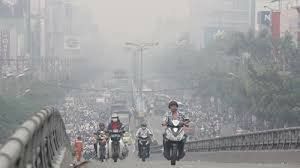
Ô nhiễm không khí dù ở nồng độ thấp vẫn là mối nguy hiểm cho sức khỏe con người
3. Breast Cancer
Breast cancer is the most common cancer in women, leading to high morbidity and mortality. Breast cancer is the leading cause of cancer death in women worldwide. There were an estimated 1.7 million newly discovered cases and 521,900 deaths from the disease in 2012 worldwide. The incidence of breast cancer varies from country to country, with the highest incidence in the United States and North America and the lowest incidence in Africa and Asia. Breast cancer alone accounts for 25% of all cancers and 15% of cancer deaths among women. The incidence of the disease increases by up to 5% per year. Countries in Asia, with 59% of the world's population, have the highest rates of breast cancer, with 44% of deaths.Global diversity in breast cancer incidence reveals variation in risk factors. Because a wide range of risk factors cannot be explained, a comprehensive study should be performed to look for other potential risk factors. It is estimated that only about a third of new breast cancer cases are due to known risk factors, and many of the causes remain unknown. Therefore, it is hypothesized that environmental exposure can also cause breast cancer. Overall, breast cancer mortality rates are much higher in urban (industrialized) areas than in rural areas, and the urban factor is thought to be air pollution. Several studies have shown that air pollution is associated with an increased risk of morbidity and mortality in breast cancer patients.
4. Results of some studies
Bonner et al. (2005) In a population-based study, researchers suggested that exposure to polycyclic aromatic hydrocarbons (PAHs) early in life could lead to breast cancer in New Yorkers. The results suggest that the risk of postmenopausal breast cancer may be increased by PAHs; although, other geographically related confounding factors cannot be excluded.Nie et al. (2007) In another study, breast cancer risk was assessed in 1,170 lifetime traffic emissions exposures and 2,116 Citizens of Erie and Niagara Counties (USA). The findings demonstrated that exposure to traffic emissions during menopause was associated with a higher risk of breast cancer during perimenopause and exposure to traffic emissions at the time of first childbirth. There is a higher risk of breast cancer in the post-menopausal period.
Crouse et al. (2010) A study was performed on the relationship between breast cancer and traffic-related air pollution exposure in Montreal, Canada. Because of nitrogen dioxide (NO2), which is known as an indicator of traffic-related pollution, a regression model was used to predict average annual NO2 concentrations. Finally, they found a link between NO2 levels and the incidence of postmenopausal breast cancer
Hung et al. (2012) In a paper on traffic-related air pollution and breast cancer mortality risk in Taiwan, the authors reported that exposure to large amounts of fine particulate matter PM2.5, may be associated with an increased risk of dying from breast cancer.
Ahmadi et al. (2013) In a study in Saudi Arabia on the relationship between the number of cases of the most common cancers and exposure to NO2, it was found that at different atmospheric levels, a relationship was found between NO2 concentrations. and the most common cancers increased in the regression. A high correlation was observed between NO2 levels and the incidence of breast and lung cancers, followed by bladder, prostate, ovarian and cervical cancers.
Huo et al. (2013) In a study conducted in China to study the long-term effects of air pollution on breast cancer, they analyzed 1,832 female breast cancer patients from Qilu hospital who lived in China. similar cities for at least ten years prior to diagnosis. The concentrations of particles less than 10 Micrometers in diameter (PM10) were detected and sorted based on annual and daily averages of PM10 concentrations from the Environmental Protection Agency. Patients were classified into three groups based on their local PM10 group (high PM, moderate PM and low PM). The number of breast cancer patients increased significantly in patients with high PM exposure. In addition, the harmful effects of these particles were more common in estrogen receptor-positive tumors than in negative cases
Hystad et al. (2014) In another study (in 619 premenopausal women and 1140 postmenopausal women and 611 premenopausal and 1261 postmenopausal women), a link was found between breast cancer and long-term exposure to NO2. This study hypothesized that traffic pollution may have a link with the progression of breast cancer, with the association being greater in premenopausal women.
Reding et al. (2015) Results of a study of 47,591 women showed that no association existed between invasive breast cancer and particles less than 10 Micrometers in diameter (PM10), fine particulate matter (PM2.5). or nitrogen dioxide NO2; however, an association was found between NO2 and an increased risk of ER+/PR+ breast cancer.
White et al. (2016) Results of a study on the relationship between breast cancer incidence and long-term exposure to multiple sources of polycyclic aromatic hydrocarbons (PAHs) suggest that PAH exposure is common. People are exposed to PAHs throughout their lives from a variety of sources, such as diet, tobacco smoke, and indoor and outdoor air pollution. In this population-based study (1508 breast cancer cases / 1556 controls), they found that breast cancer incidence increased by about 30-50% in groups exposed to sources of PAH.
Although there are many other risk factors for living in 'polluted' cities (such as exposure to other environmental toxins, higher chronic stress levels, sedentary lifestyles) , less healthy diets, etc.), it appears that air pollution remains an important variable in increasing the risk of breast cancer or death from breast cancer. It is helpful to use renewable energy sources and improve energy efficiency in buildings. Public health programs need to be established or changed as quickly as possible. It is necessary to develop preventive health policies and health services such as education and information, traffic management and get rid of old cars to improve women's lives. It should be noted that reducing the impact of urban outdoor air pollution is largely beyond the control of individuals and requires action by government agencies at national, regional and even national levels. economic
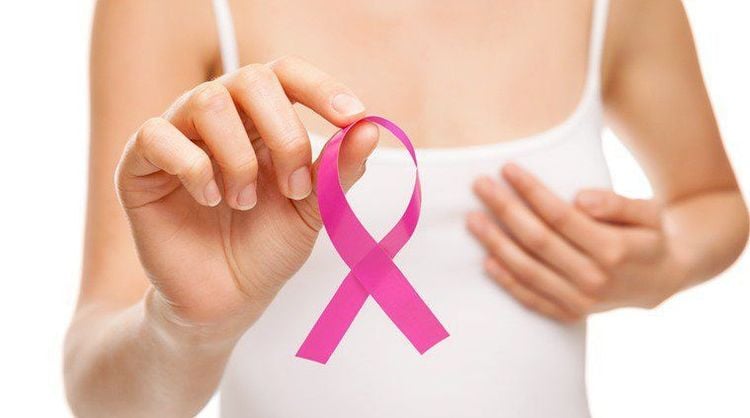
Mặc dù chưa xác định được cơ chế gây ô nhiễm không khí ảnh hưởng đến sự xuất hiện hay tiến triển của ung thư vú, nhưng mối quan hệ giữa hai biến số này đã được xác định
5. Summary
Although the mechanism by which air pollution affects the occurrence or progression of breast cancer has not been determined, a relationship between these two variables has been determined. Action for prevention efforts to improve the health of women and their quality of life to protect them from air pollution is needed, especially in patients at risk of cancer progression. breast.Some recommendations are reviewed from previous studies such as:
Other studies should be designed to find the association between duration of air pollution exposure and breast cancer progression. More studies on the role of air pollution mechanisms in breast cancer development are needed. Even when there is an association between breast cancer and air pollution exposure, most reports are based on pooled data; if air pollution exposure is found in individual-level data, the conclusion is likely to be more reliable. Thus, this remains an active area of future research.
6. What to do to detect breast cancer early?
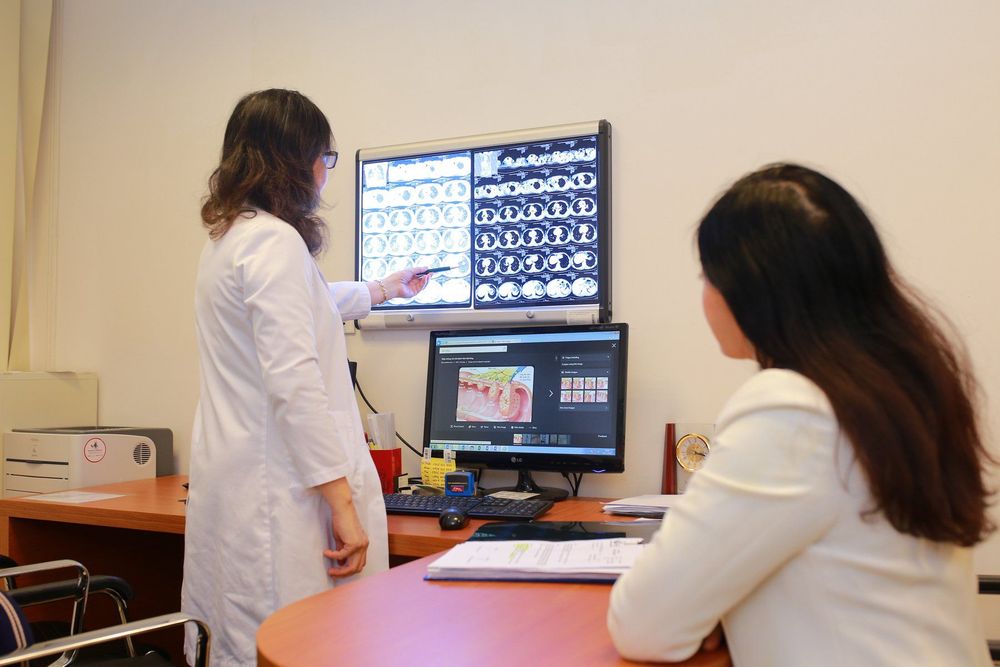
Tầm soát giúp phát hiện sớm ung thư vú
Breast cancer screening is the most accurate method to detect the disease and have timely treatment. Currently, Vinmec International General Hospital has breast cancer screening packages to help detect the disease early even when there are no symptoms. Breast cancer screening packages at Vinmec include:
Breast cancer screening package Breast cancer screening and early detection - gynecological package When registering for Breast cancer screening package, customers will receive: consultation with an oncologist; Breast cancer screening by bilateral breast ultrasound and mammogram. Advantages of breast cancer screening at Vinmec:
Team of highly qualified and experienced doctors. Comprehensive professional cooperation with domestic and international hospitals: Singapore, Japan, USA, etc. Comprehensive treatment and care for patients, multi-specialty coordination towards individualizing each patient. Having a full range of specialized facilities to diagnose the disease and stage it before treatment: Endoscopy, CT scan, PET-CT scan, MRI, histopathological diagnosis, gene-cell testing, .. There are full range of mainstream cancer treatment methods: surgery, radiation therapy, chemotherapy, stem cell transplant...
Please dial HOTLINE for more information or register for an appointment HERE. Download MyVinmec app to make appointments faster and to manage your bookings easily.
Reference source: Rcm.mums.ac.ir



